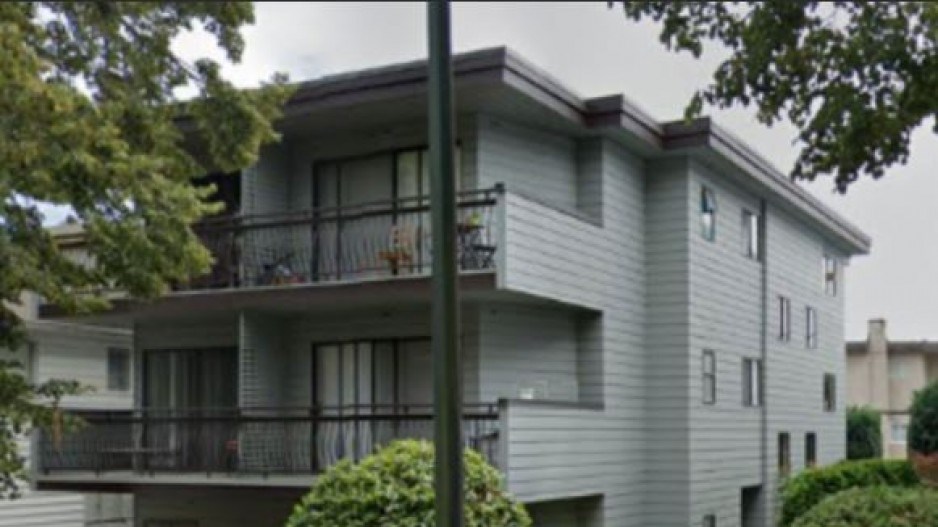The B.C. government is launching a pilot project that will retrofit six social housing projects in B.C. to help build domestic capacity among builders, engineers and manufacturers in retrofitting older buildings to meet the province's long-term targets for reducing greenhouse gases.
Design teams have been chosen to develop plans to retrofit six multi-unit social housing buildings in Vancouver, Victoria, Kamloops, Coquitlam, New Westminster and North Vancouver. The retrofits will improve the six residential buildings’ energy efficiency, seismic safety and climate change resilience.
The buildings range in size from 11 to 50 units, and total 189 units. The buildings, which are 30 to 40 years old, currently use natural gas for space and water heating.
“A good place to start, for the province, is with our 51,000 social housing units,” George Heyman, minister of Environment and Climate Change Strategy, told BIV News.
“We expect that we’re going to spur new technologies, new techniques, as well as new skills, and that will spread throughout the industry.”
The province has earmarked $460,000 from the province's CleanBC Building Innovation Fund (CBBIF) for the project, but the total capital cost of the retrofits are not yet known.
The province has $1.1 billion in a capital renewal fund over a 10-year period for its social housing stock, and there is $9.7 million the CleanBC Building Innovation Fund (CBBIF).
“We won’t know until all of the project designs are in and approved what the overall costs will be,” Heyman said.
The government has selected a number of B.C. builders, developers and non-government partners, including the Pembina Institute, to work on solutions and come up with designs.
On the energy efficiency front, solutions may include better insulation, lower carbon materials, and technologies like electric heat pumps, heat recovery systems and solar panels.
Buildings account for about 13% of Canada’s greenhouse gas emissions. Reducing the carbon footprint of new buildings can be easier than retrofitting existing ones. The aim of the pilot project is to develop capacity among B.C. builders and manufacturers to address some of the challenges older buildings pose.
The Reframed Lab initiative involves BC Housing, the City of Vancouver, the Metro Vancouver Housing Corporation (MVHC), the BC Non-Profit Housing Association and the Pembina Institute. While energy retrofits are being done, seismic upgrades might also be included.
Envelope and energy retrofits are intended to reduce the buildings’ annual energy demand by more than 50% and carbon emissions by approximately 80%. Envelope upgrades are expected to not only reduce thermal heat loss, but also reduce mould buildup and improve indoor air quality.
The approaches used for retrofits won’t be a one-sized fits all approach, as each building may have its own unique challenge. While solar panels may be a technology that is suitable in Kamloops, for example, it may not be the right fit for a building in Victoria.
Some buildings may use natural gas for heating, while others may use baseboard heating. In either case, electric heat pumps may be an option that lowers not only energy use but utility costs for tenants as well.
“In many cases, in social housing, residents are responsible for their own utility bills, so the residents will in fact see a reduction in costs,” Heyman said. “It’s a huge benefit to them in both cost and comfort.”




